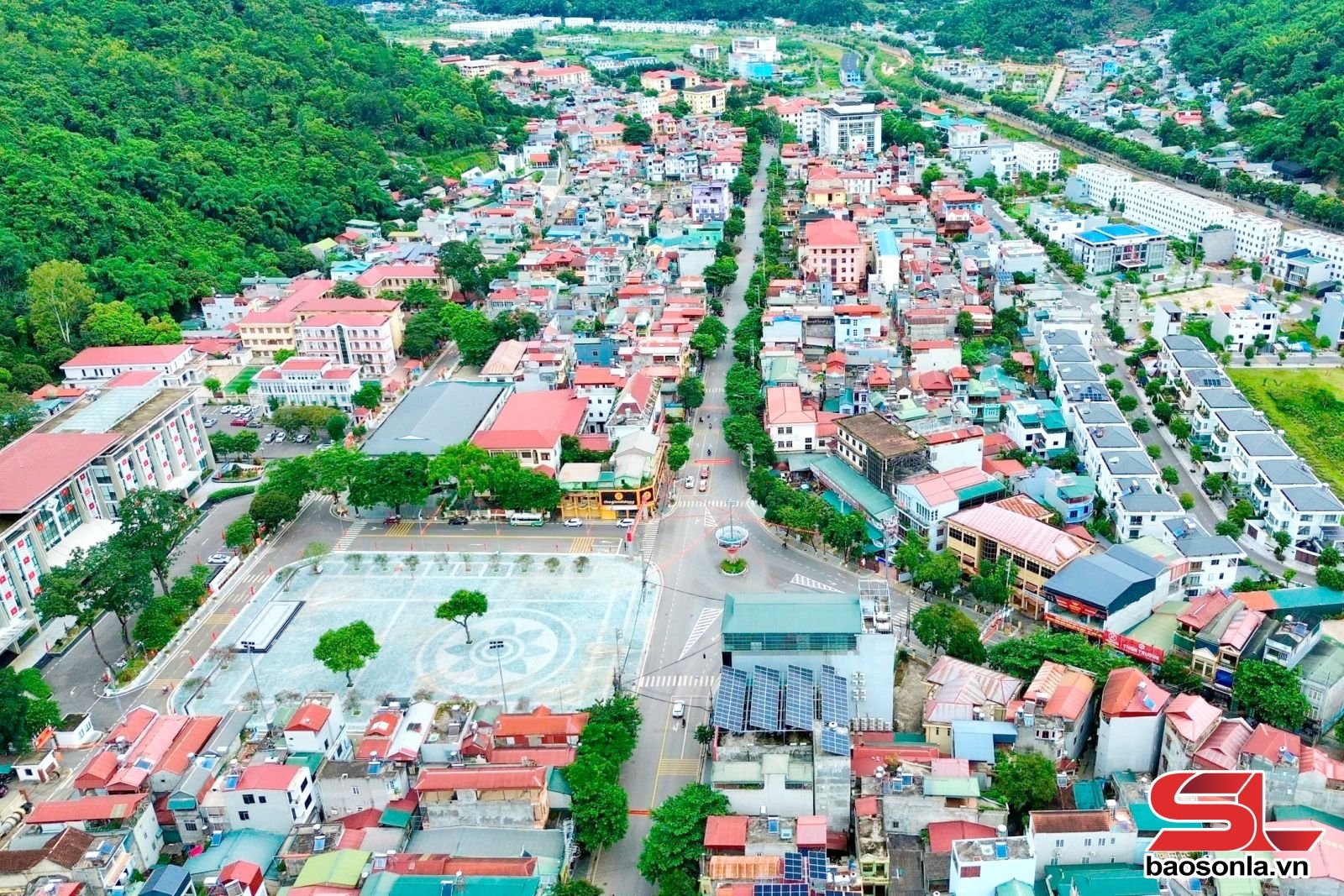
Chieng Le used to be called Chieng Le hill (called Pom Chieng Le in Thai), later also called Chau hill, located near Khau Ca hill (Pom Khau Ca). After the French colonialists moved the provincial headquarters from Van Bu to Khau Ca hill, they began to build a number of roads, markets, prisons... to serve the needs of exploitation. Chieng Le market was initially small but gradually became bustling with the presence of Chinese and Kinh traders from Van Bu and neighboring areas. Over time, the market grew more and more, attracting many people to come here to trade and exchange goods like streets and wards in the lowlands, so it was called Chieng Le street.
On October 26, 1961, according to Decision 173-CP of the Government Council, Son La town - the first town in the Northwest region was established. Chieng Le town was established, belonging to Son La town. From here, Chieng Le became an administrative unit of Son La province. From January 3, 1981, according to Decision No. 3-CP of the Government Council, Chieng Le town was renamed Chieng Le ward.
In December 1939, the Son La Prison Party Cell was established. With its central location in the provincial capital, the people of Chieng Le ward had the opportunity to make early contact with party members in the prison, thereby awakening to the revolution and becoming the core force in patriotic movements. In early 1943, the Son La Prison Party Cell secretly established the first revolutionary organization of the National Salvation Youth in Chieng Le, contributing to spreading the revolutionary spirit to many areas in the province. Many people in Chieng Le were soon awakened, becoming the first class of revolutionary soldiers in Son La province; some families of small traders and wives and children of soldiers in Chieng Le street became secret communication points for the revolution. During the two resistance wars to save the country, the people of Chieng Le contributed human and material resources to the movements "Three responsibilities", "Three readiness", "All for the frontline, all to defeat the American invaders", contributing to the great victory of the nation.
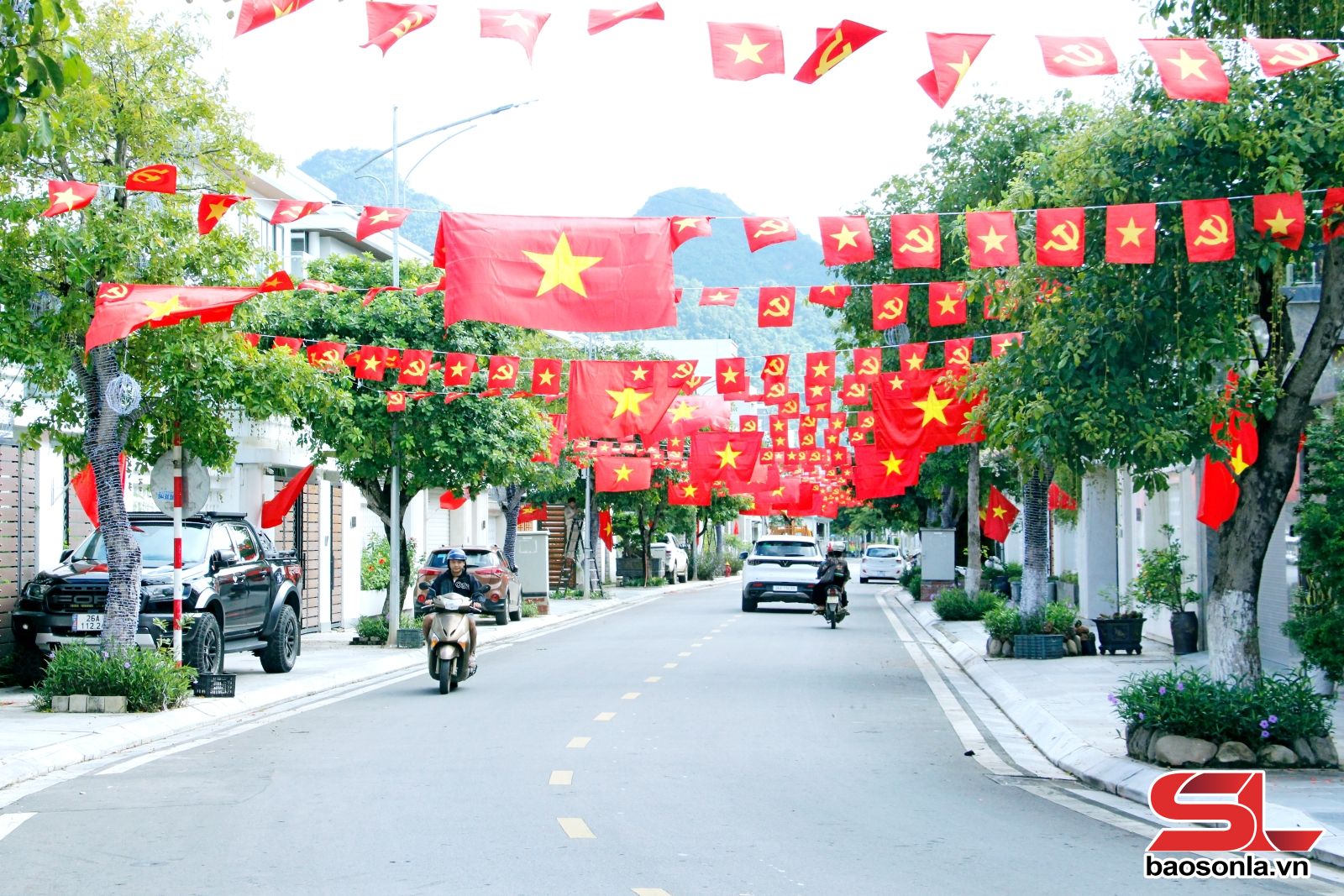
Over the past century, Chieng Le quarter has now taken on a new look, with expanded and straight paved roads, synchronous investment in lighting systems and trees. Along the poetic Nam La river, new urban areas have been built with rows of commercial townhouses, high-rise apartments, parks, entertainment areas... creating highlights and promoting economic and social development.
Before the merger into To Hieu ward (July 1, 2025), Chieng Le ward played the role of political and cultural center of Son La city. The economy developed rapidly in the direction of trade and services, the material and spiritual life of the people was constantly improved, over 80% of households had good and rich income, there were no poor households. Education and health care met standards; 100% of public schools met national standards; 98% of families were cultural; national defense and security were maintained. Chieng Le became a typical model ward in terms of security, order, and urban civilization in the period of 2021 - 2024.
After the merger, the 12 residential groups of the old Chieng Le ward continue to be the bright spots of the new To Hieu ward, with paved alleys, electric lighting, colorful flower streets, spacious and clean streets. Today, Chieng Le ward still retains its vibrant commercial spirit, the streets are always bustling with shops, the central market is bustling with activities, gold and silver shops, mini supermarkets... to meet the increasing needs of the people.
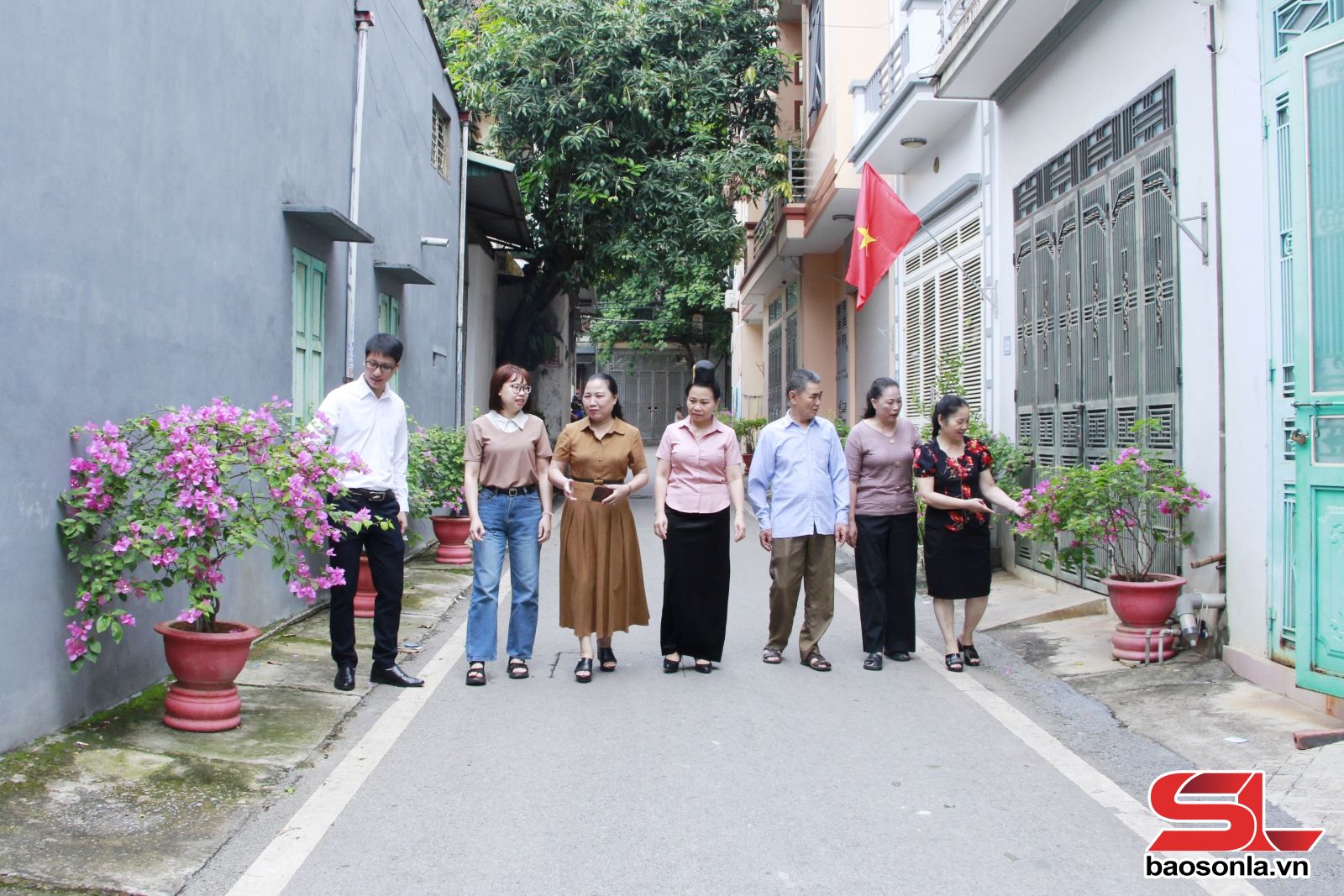
Mr. Lo An Toan, former Secretary of Son La City Party Committee, now over 80 years old, has been attached to Chieng Le for many years, shared: The most valuable thing is that Chieng Le today still retains the cultural identity of an old commercial area, while at the same time, strongly developing in terms of infrastructure, economy and society. From a small market, with many deprivations in life, it has now become a bustling business center, with diverse industries, contributing to creating a civilized and dynamic appearance for To Hieu ward today.
The old Chieng Le Street has now changed completely, but the historical vestiges are still there, reminding generations today of the revolutionary tradition and the spirit of solidarity and creativity. Promoting the tradition of solidarity, Chieng Le is now a part of To Hieu Ward, continuing to write a new story, making To Hieu Ward a comprehensively and sustainably developed ward, leading the whole province, worthy of being the political, economic and social center of the province.
Source: https://baosonla.vn/xa-hoi/doi-thay-pho-chieng-le-xua-nMFUsBuHg.html





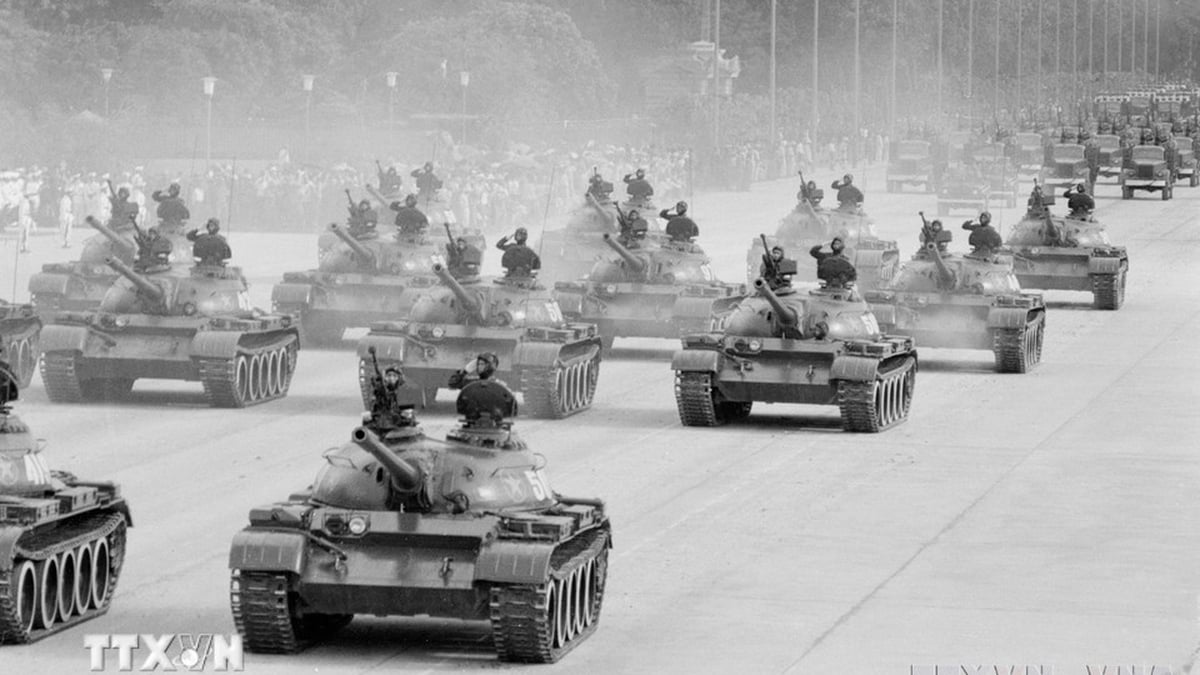
![[Photo] Hanoi: Authorities work hard to overcome the effects of heavy rain](https://vphoto.vietnam.vn/thumb/1200x675/vietnam/resource/IMAGE/2025/8/26/380f98ee36a34e62a9b7894b020112a8)
![[Photo] Multi-colored cultural space at the Exhibition "80 years of the journey of Independence - Freedom - Happiness"](https://vphoto.vietnam.vn/thumb/1200x675/vietnam/resource/IMAGE/2025/8/26/fe69de34803e4ac1bf88ce49813d95d8)

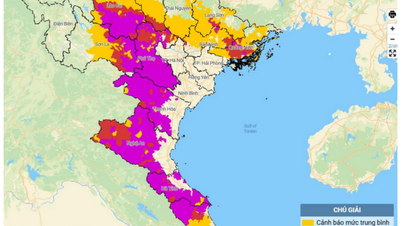

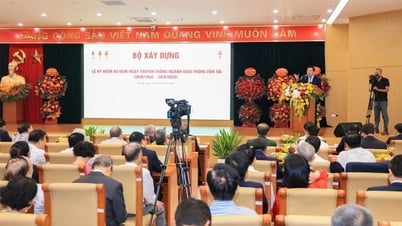

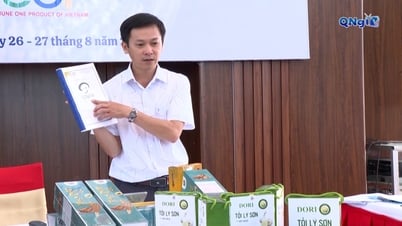

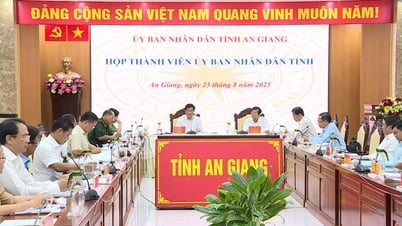



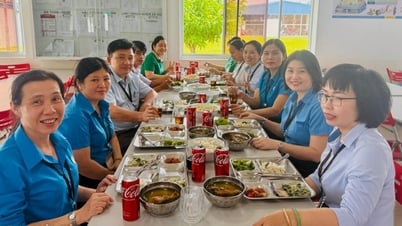





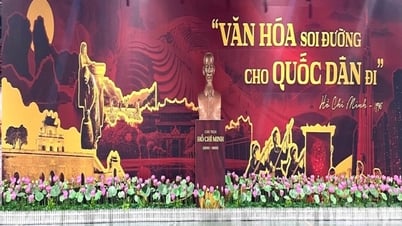
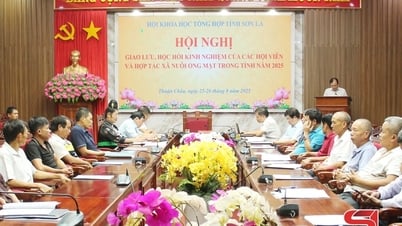
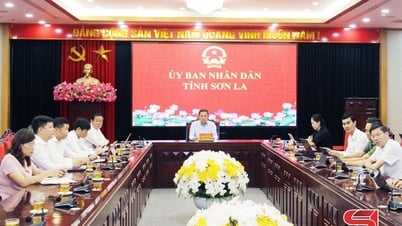
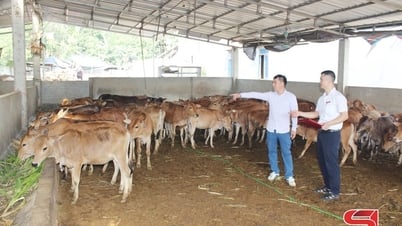
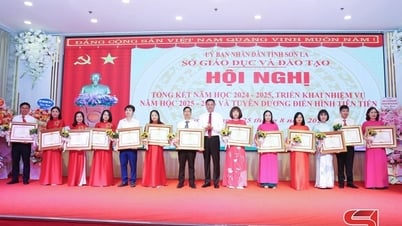
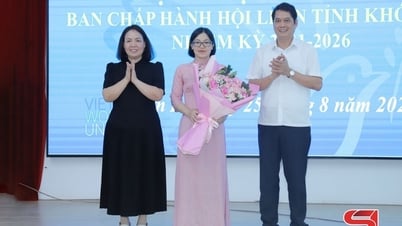
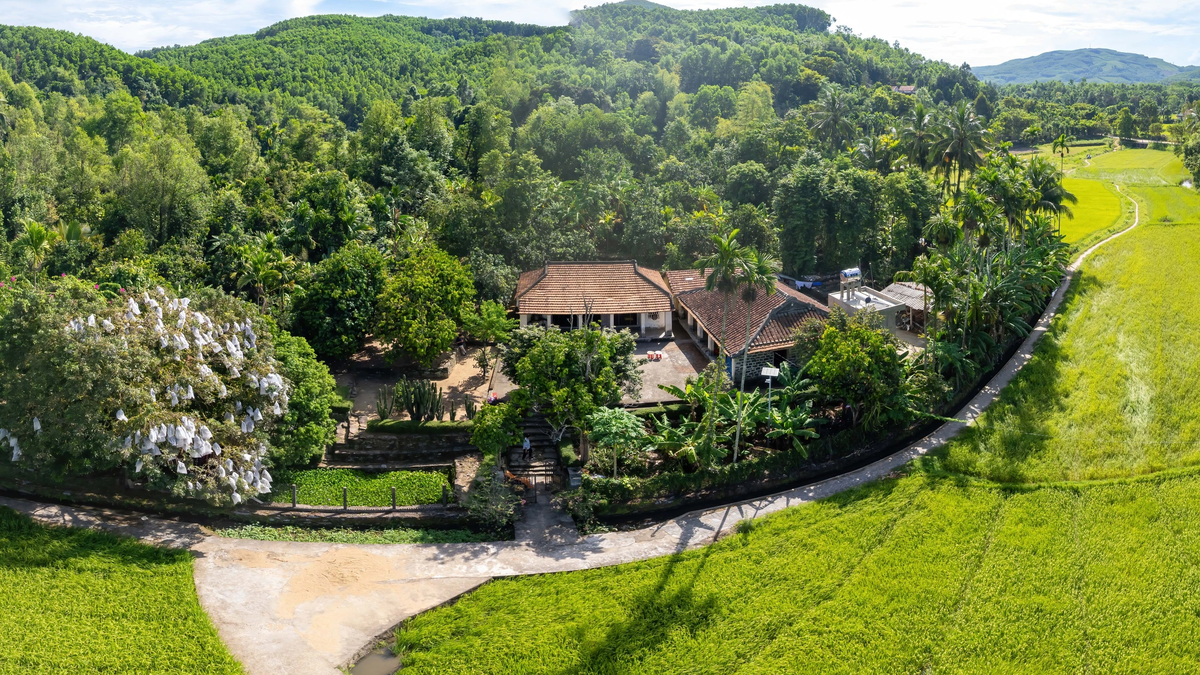

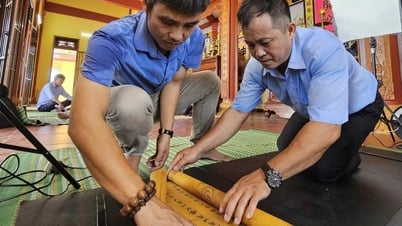



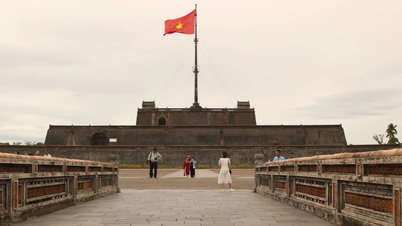

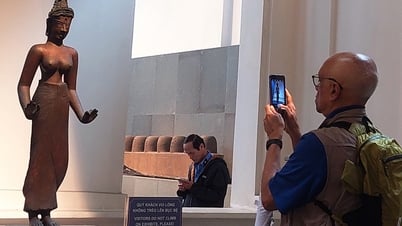






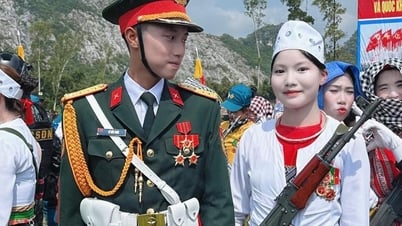


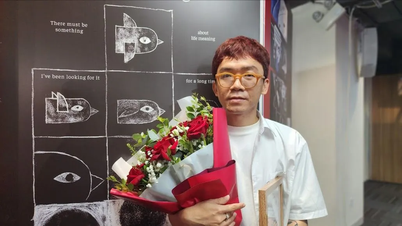



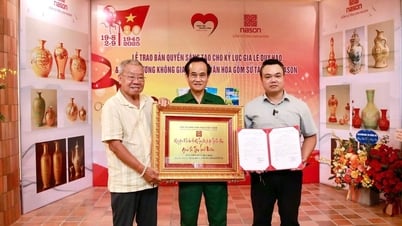








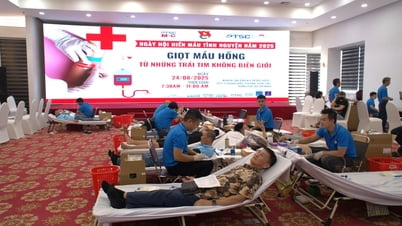


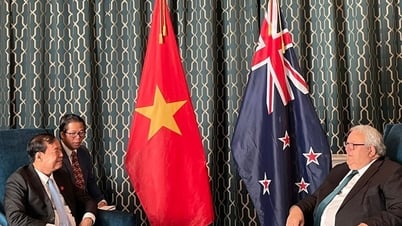


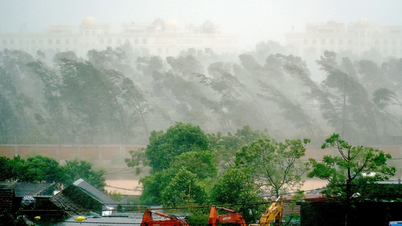







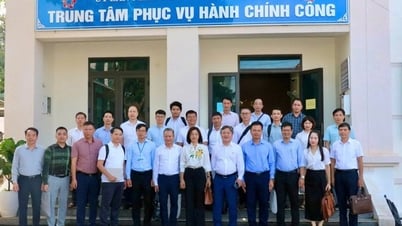
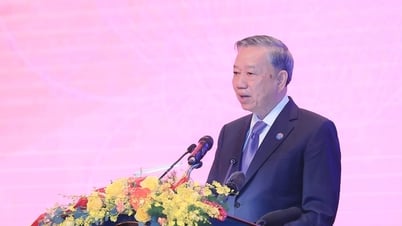

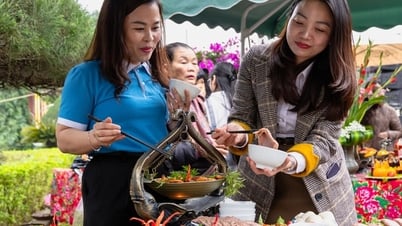

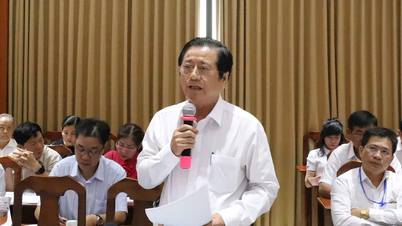


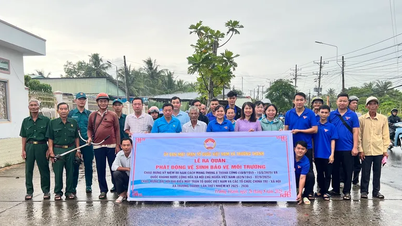

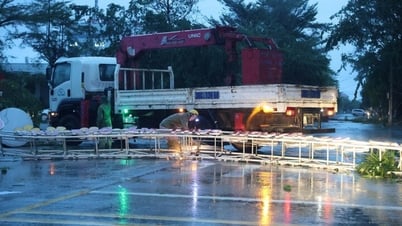


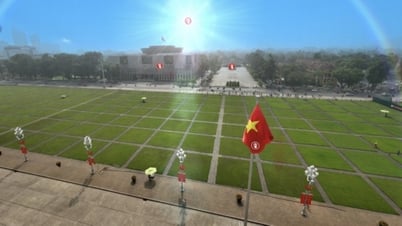



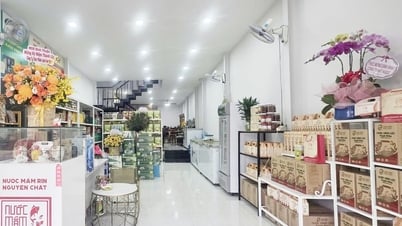





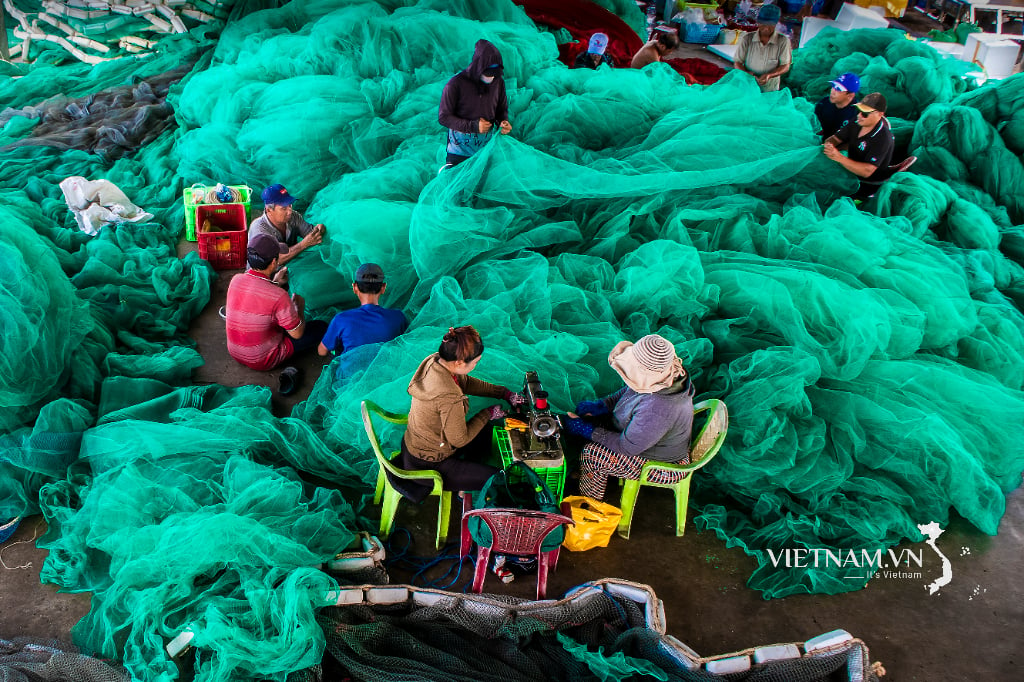


Comment (0)